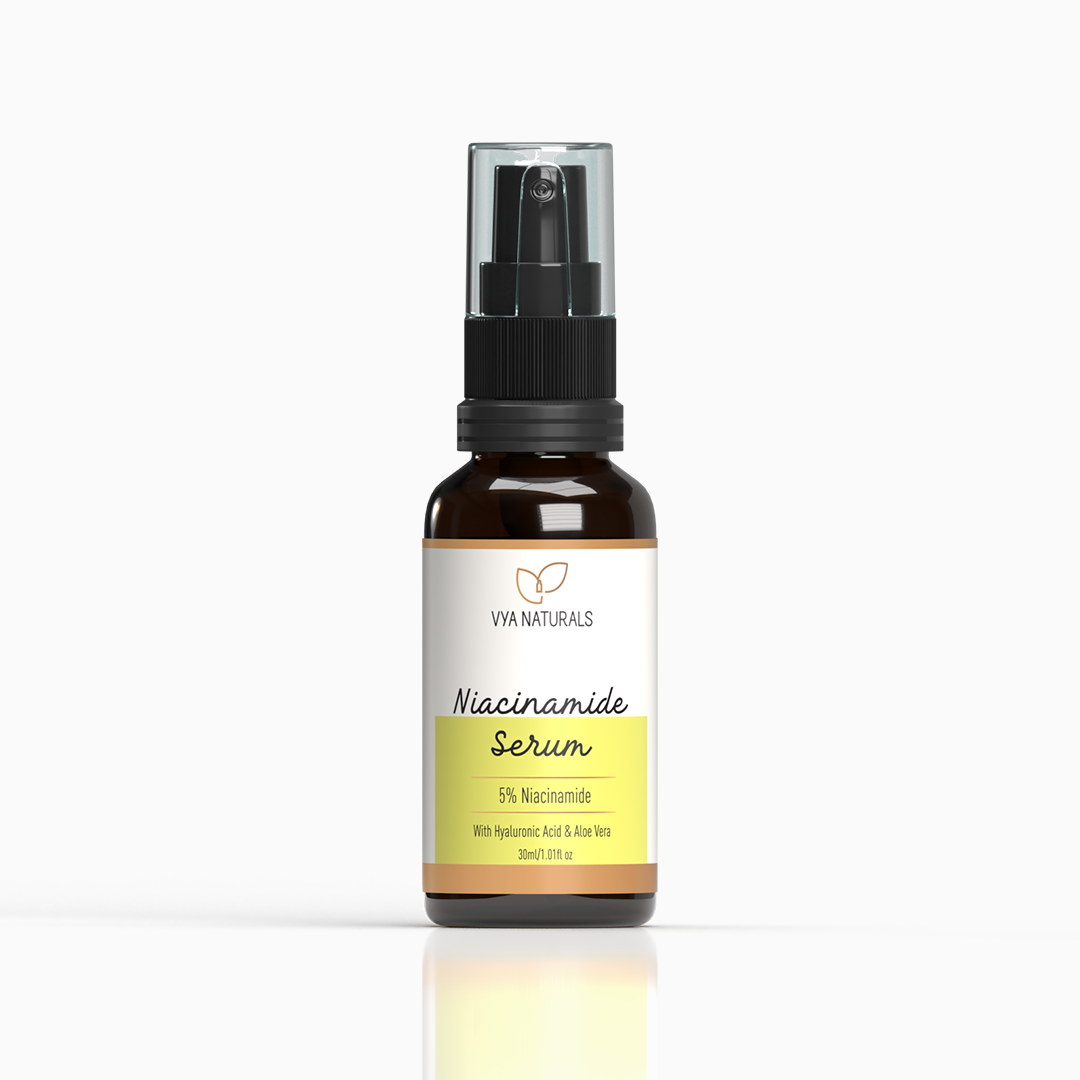WHAT IS PIGMENTATION?
Pigmentation is caused by melanin which is a protein made by our skin. Melanin deposits cause spots, stains and discoloration.
This discoloration can appear in many forms - freckles, sun spots, age spots etc.
WHAT CAUSES PIGMENTATION?
Pigmentation can happen to anyone. You may be genetically predisposed to them or you may have spent too much time out in the sun without adequate sun protection.
Here are the main causes of pigmentation:
- SUN SPOTS: If you have lighter skin and have overexposure to the sun then your skin will freckle or show sun spots. These also become more and more visible over time.
- HYPER-PIGMENTATION: Pigmentation marks caused by an injury to the skin are more common on darker skins. These “injuries” can be acne marks, insect bites or other cuts etc.
- MELASMA: these are pigmentation marks visible during or post pregnancy in certain ethnicities.
Warmer weather and sun exposure also cause sun spots and hyper-pigmentation to worsen.
According to renowned aesthetician Renee Rouleau “Skin cells have a memory and the longer you have them, the harder they are to fade and, even then, small amounts of UV light can reactivate them quickly”.
Besides heat and sun, pigmentation is also triggered by aggressive scrubbing.
SO WHAT CAN YOU DO TO ADDRESS PIGMENTATION?
The various steps to tackle pigmentation depends on the type of pigmentation that you are facing.
ACNE SCARS AND BLEMISHES
Do you have dark scars after your blemish or acne has healed? These happen because of inflammation below the surface of the skin which in turn triggers the production of melanin (pigment cells).
The severity of such scars depends on a few factors, some of which are:
- Your natural skin color - deeper skin tones have naturally higher levels of melanin and as a result will show more visible scarring
- Did you pick at or mess with your blemish? This is why dermatologists (and your mom no doubt!) tell you it is best to not pick at your pimples or blemishes. Your blemish is more likely to leave a scar if you mess with it
- The type of blemish - if your pimple or blemish stayed below the surface of the skin then it will leave a smaller or no mark. Blemishes that break through the surface of the skin are more likely to leave scarring and pigmentation. Everybody has a different healing process. Blemishes that take longer to heal are also more likely to leave marks on the skin.
Here is what you can do once your acne or blemish has healed and you are left with pigmentation and scarring.
- EXFOLIATION - Use a mild exfoliant to lift away discoloration from damaged cells. The key word here is “mild”. Avoid harsh and abrasive formulas, especially hand held tools since they can actually trigger further pigmentation. Exfoliation is to be done once a week.
- BRIGHTENING - Once the excess cells on the surface have been removed your body is primed to better absorb a skin brightening product. Introduce a Vitamin C rich serum into your skincare routine. Vitamin C is an antioxidant, which is an incredibly important quality that plays a role in combating dark spots. Vitamin C also inhibits an enzyme which in turn suppresses the formation of melanin in the skin. Here is a Vitamin C serum that is especially effective. Vitamin C serum can be applied every day as well as twice a day if you so wish.
- PROTECTION- Wearing a sunscreen daily is especially effective. When you wear sun protection you prevent UV rays from accessing and keeping pigment cells alive. Use sunscreen every day, 365 days of the year, regardless of the weather outside.

SUNSPOTS AND FRECKLES
Overexposure to sun and heat can cause sunspots, freckles and other such signs of pigmentation to appear on your skin.
Some steps you can take to suppress and prevent these sun related pigmentation marks are:
- PROTECTION - The most obvious step would be to protect your skin from the effects of UV rays. This would imply use of a sun protection cream as well as protecting your skin with a hat or umbrella. Don’t forget those sunglasses.
- EXFOLIATION - A gentle non abrasive exfoliant, when used regularly, can help break pigmented cells apart, which will lessen their appearance. It’s important to not overdo it with exfoliating products, because during the summer when melanin cells are active, too much exfoliation may actually trigger more melanin.
- MANAGE TEMPERATURES - keep your skin cool. Heat triggers melanin production so avoid getting your skin overheated. Apply a cooling gel after exposure to sun and/or heat. Keep your sheet masks and hydrating moisturizer in the fridge to add some additional cooling to your skin.
- BRIGHTEN - add a Vitamin C serum to your daily skincare routine. Vitamin C significantly lightens pigmentation but does not lighten normal skin. Try the Vya Naturals Vitamin C Serum - apply it daily after cleansing and toning and follow up with your moisturizer.
TO SUMMARIZE
Pigmentation is certainly a challenge to get rid of, but if you are diligent about following our tips and most - importantly - start using Vitamin C rich products, especially serums - in your skincare routine, this should help you in achieving your skincare goals.
Do you have any questions/suggestions? Let us know in the comments below.
DISCLAIMER:
Content of this website is not a substitution for professional medical advice, diagnosis, or treatment. We do NOT replace any relationship that exists, or should exist, between you and a medical doctor or other healthcare professional. Results given in testimonials/reviews are from real people who have used Vya Naturals products, but identical or similar results are not guaranteed. Individual results may vary depending on skin type, sensitivity, lifestyle, age, skincare products combinations, skincare history, as well as how the products are applied and stored.



1 comment
I have a skin problem known as LPP is there anything in ur products help me